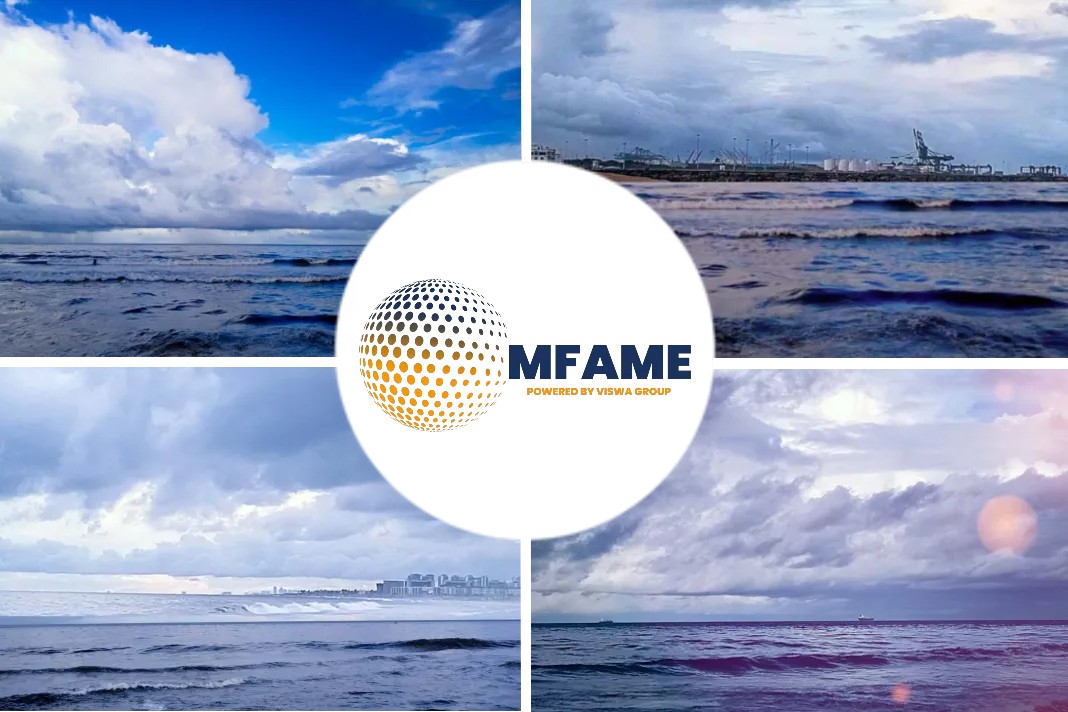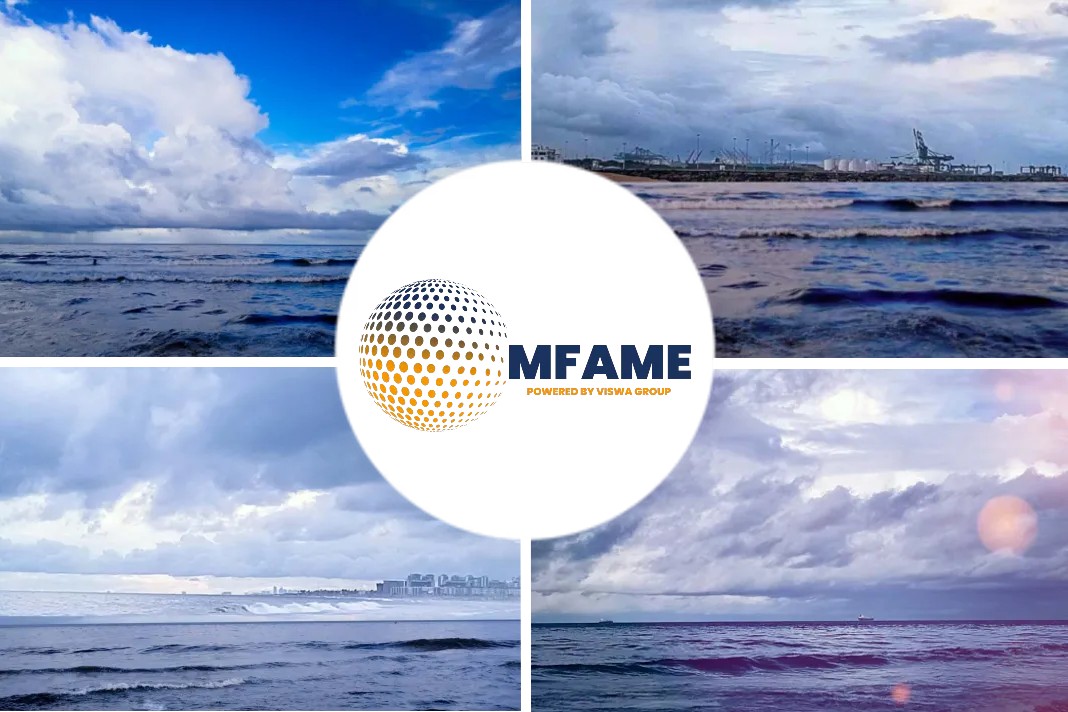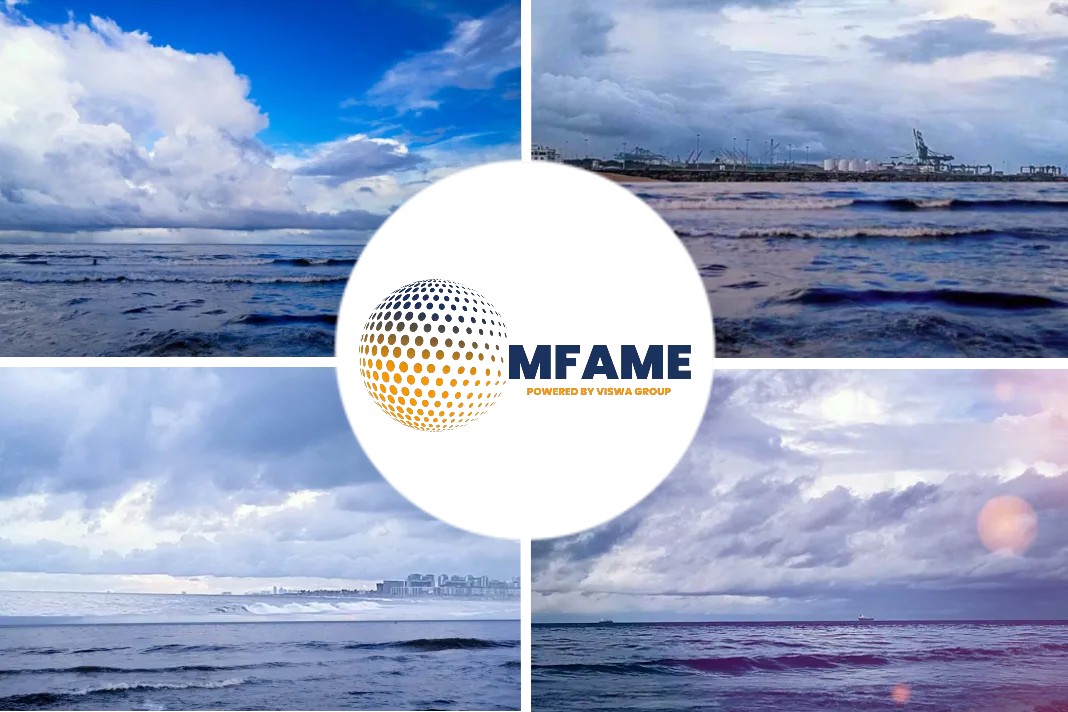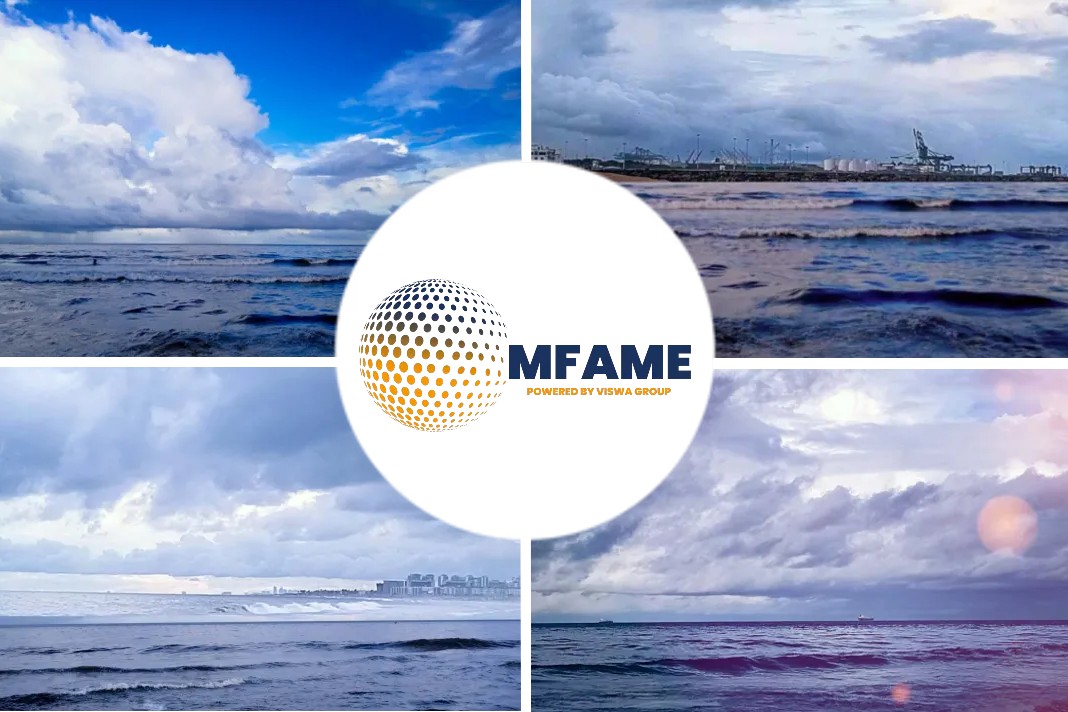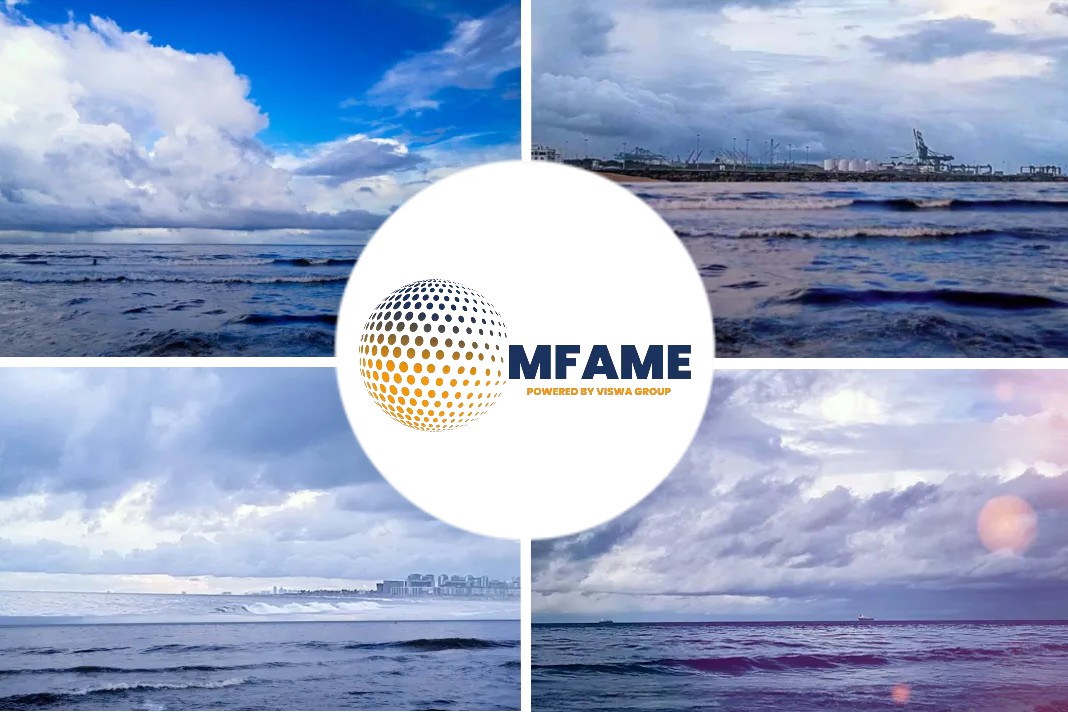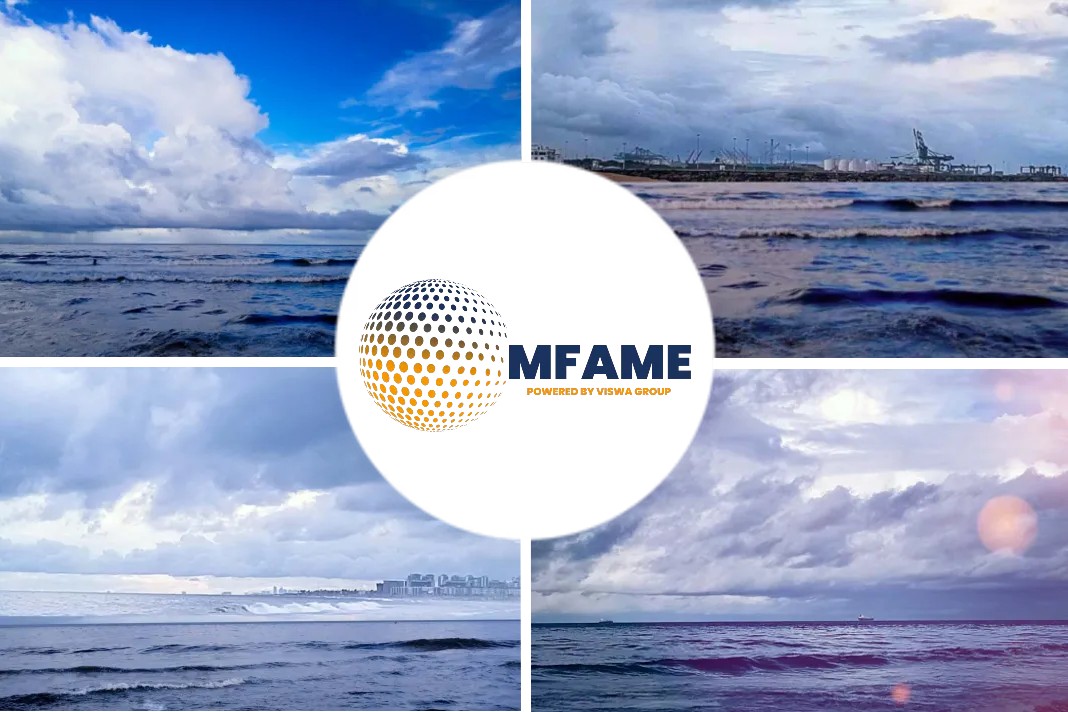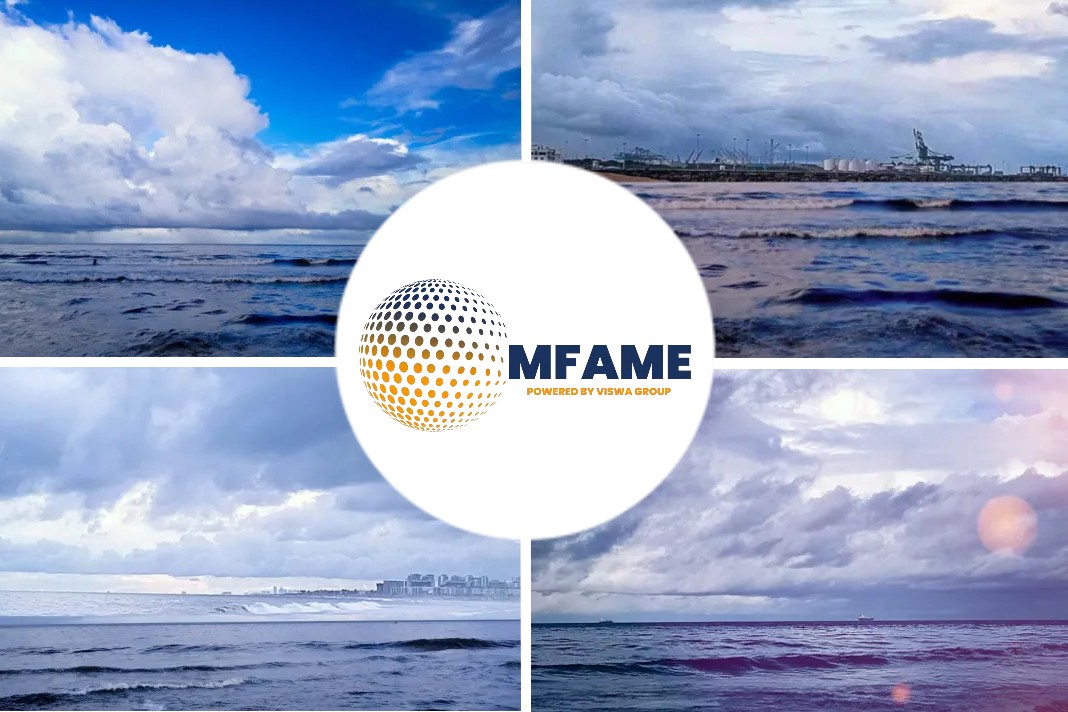- The ‘Bubble Barrier’ can keep plastic away from entering the sea.
- “The Bubble Barrier” was developed as a simple way to stop plastic pollution flowing from waterways into the ocean.
An article published in CNN concepts “The Bubble Barrier” which was developed as a simple way to stop plastic pollution flowing from waterways into the ocean.
The Bubble Barrier System
What do old televisions, street signs, motorbike helmets, windsurf boards, and Christmas trees have in common? They were all caught floating down Amsterdam’s Westerdok canal — by a curtain of bubbles.
“The Bubble Barrier” was developed as a simple way to stop plastic pollution flowing from waterways into the ocean. An air compressor sends air through a perforated tube running diagonally across the bottom of the canal, creating a stream of bubbles that traps waste and guides it to a catchment system.
It traps 86% of the trash that would otherwise flow to the River IJ and further on to the North Sea, according to Philip Ehrhorn, co-founder and chief technology officer of The Great Bubble Barrier, the Dutch social enterprise behind the system.
Installation Effect
Commissioned by the municipality of Amsterdam and the region’s water authority, the Bubble Barrier was installed in October 2019 in under five hours.
System Design
Ehrhorn says the idea is to catch plastic without having a physical barrier like a net or boom blocking the river, which could disrupt aquatic life or interfere with shipping.
To minimize noise, the compressor is located 50 meters away from the barrier, in a repurposed shipping container, and is powered by Amsterdam’s renewable energy.
Ehrhorn says that while the bubble curtain can trap plastics down to 1 millimeter in size, the catchment system only retains objects that are 10 millimeters and larger. Small drifting aquatic life can get caught in the bubble curtain’s current, but with time is able to pass through the catchment system, according to Ehrhorn. He adds that an independent third party is currently assessing the movement of fish around the Bubble Barrier.
Project Development
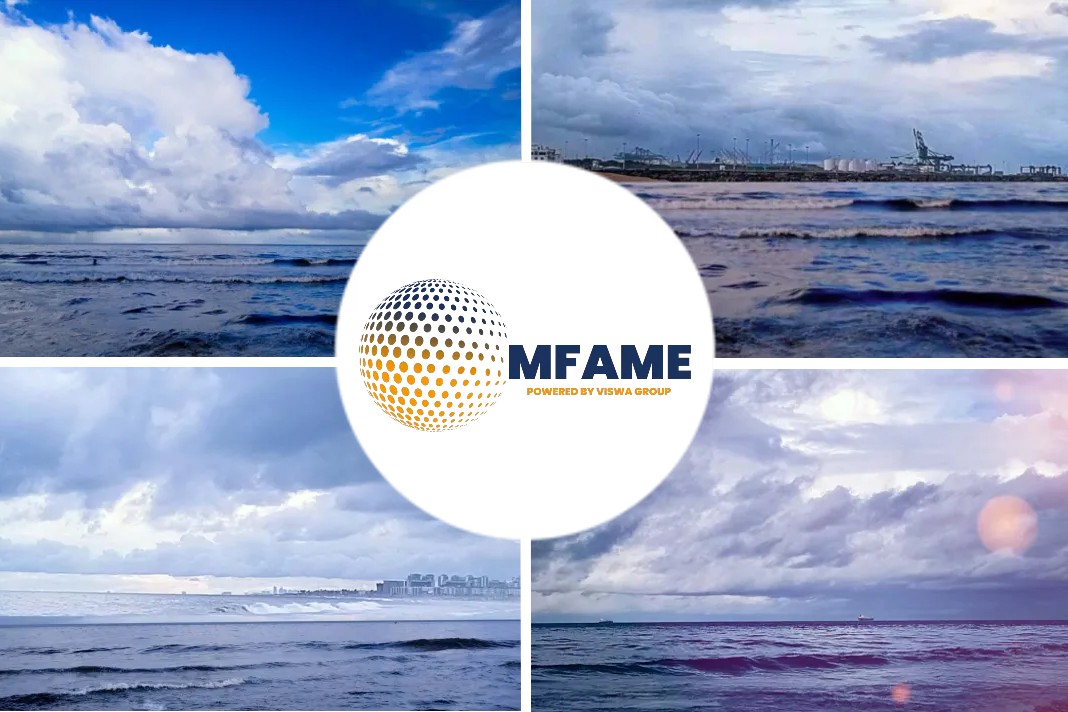
Based on a study by McKinsey and Co. and Ocean Conservancy, Indonesia is the number two plastic waste producing country in the world after China. The large amount of waste production, especially plastics sent to the Indonesian seas, directly contributes to making coastal areas and small islands dirty and full of garbage. Moreover, from the results of the study, it was found that the waste in the coastal area was dominated by plastic with a percentage of 36 to 38 percent. (Photo by Zikri Maulana/SOPA Images/LightRocket via Getty Images)
With a background in naval architecture and ocean engineering, Ehrhorn, who is from Germany, first conceived the Bubble Barrier when he spent a semester abroad in Australia, studying environmental engineering. At a wastewater treatment plant, he saw how oxygen bubbles were used to break down organic matter.
“It was like a jacuzzi,” says Ehrhorn. “And what I noticed is that some of the plastic that people had flushed down the toilet was collecting in one corner.” This observation sparked his thesis and later the technology behind the Bubble Barrier.
Like-minded Minds’ Creations
Unbeknownst to Ehrhorn, three Dutch women were working on the exact same idea in Amsterdam. Anne Marieke Eveleens, Saskia Studer and Francis Zoet were at a bar one evening discussing plastic pollution when they looked at the bubbles in their beer glasses and inspiration struck.
By chance, a friend of Ehrhorn’s saw their pitch video for a competition inviting solutions for removing plastic from the environment.
“We connected and found that we have the same vision and mission,” remembers Ehrhorn. “So I handed in my thesis and moved to the Netherlands the next day.” Together, the four turned a simple idea into a fully fledged Bubble Barrier pilot in the River IJssel.
Marine Plastic Pollution & its harm
Up to 80% of ocean plastic is thought to come from rivers and coastlines. Ehrhorn says much of the plastic in Amsterdam’s Westerdok canal comes from trash bags that local residents leave outside their homes. If the bags tear, wind and rain can carry trash into the canal.
Globally, 11 million metric tons of plastic waste flows into the oceans every year, where it can suffocate and entangle some aquatic species. Plastic debris less than five millimeters in length, known as microplastics, can also affect marine life. Often mistaken for food, microplastics are ingested and have been found in zooplankton, fish, invertebrates and mammalian digestive systems.
Bridging Barriers
“It was a really interesting one for us to look at, mostly because other types of barriers placed into aquatic environments can be a bit problematic in the way they interact with ecological functioning and animals moving through that system,” she says.
Borrelle has some reservations about the technology; she questions how suitable the system would be for wide rivers and in developing economies, with a pump that needs continuous electricity and occasional maintenance, and she notes that heavy bits of plastic may not be lifted up by the bubbles.
Finding Solutions
“Also, if you’ve got a large amount of traffic going through, that’s going to disrupt the plastic accumulation,” Borrelle says, adding that boats plowing through the barrier could potentially drag plastic along.
“There are certain limitations, but as I see it, it’s an important part of the toolbox we have to address plastic that’s already in the environment,” she says. “The thing about plastic pollution is that there is no one single solution to fixing it. Once it’s in the environment, it’s about trying to get it from every angle you possibly can.”
For the moment, the Great Bubble Barrier team works with Amsterdam’s water authority and the Plastic Soup Foundation NGO to analyze what kind of plastic has been caught and identify its sources, to help develop new policies around plastic waste.
Company’s Environment-concerned Profit
Amsterdam’s water authority empties the catchment system’s 1.8-meter by 2-meter basket three times a week. The contents are sent to a waste processor for sorting, and suitable materials are recycled. Ehrhorn says that the pandemic means they haven’t been able to quantify how much plastic the Bubble Barrier has caught to date.
The startup, which is for-profit, plans to install more Bubble Barriers across the Netherlands, in Portugal and in Indonesia. It says the installation cost and energy use depends on the location and the flow of the river.
System’s Work-focus Benefits
Beyond keeping plastic from our oceans, the system could help change attitudes. Because the waste inside the catchment system is easily visible to passersby, Ehrhorn believes it helps people realize how much waste is ending up in our waterways; in this way, the barrier also acts as an educational tool to discourage waste and littering.
“It concentrates on the trash that would otherwise flow off unseen and underwater even,” he says. “It literally brings to the surface, [that] which was otherwise never seen.”






